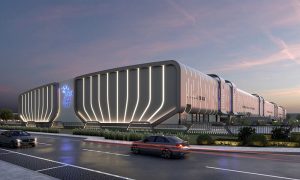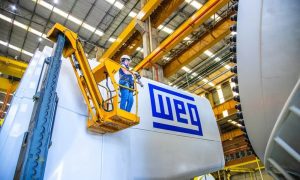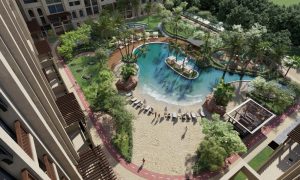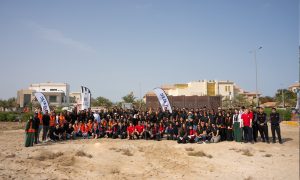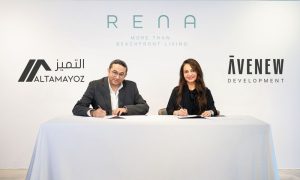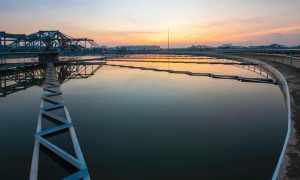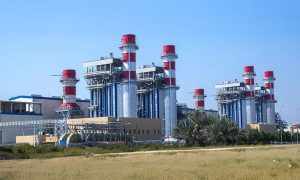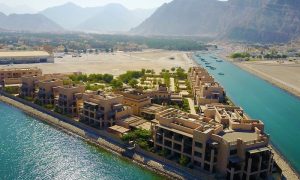UPDATE: Poor visibility likeliest cause of tower crane collision
The pilot of the helicopter that collided with a crane on St George’s Wharf Tower was unlikely to have been able to rely on radar

Related articles: Two dead as helicopter crashes into London crane | Exclusive: Mobile crane will take down St George Wharf crane | Crane operator escaped helicopter crash because he was late for work
A former RAF pilot has told CMME that the pilot of the helicopter that collided with a tower crane in central London was unlikely to have been able to rely on radar to avoid the crash.
From all reports the Augusta 109, a light-weight, twin-engine, eight-seat multi-purpose helicopter would have been following a Heli lane. London Helicopter Lanes are specified routes which allow you to fly through London’s controlled airspace, allowing quick access to Battersea Heliport, or for transit across central London.
They start at a minimum height of 152m, he was unlikely to have been under radar control of a London ground based radar station which starts at 300m, according to ex-RAF pilot and aviation expert, Nick Hardy.
It is difficult to use the aircraft’s internal radar at 152m because of ground clutter, so the aircraft would have been flown under VFR or visual flight rules. There were delays in flight due to bad visual conditions at London’s City Airport a few kilometres away.
According to Hardy, engine failure would have been unlikely due to it being a twin engined aircraft and the probable result of the tragedy strongly indicates lack of forward visibility. In very low visibility the aircraft would have been flying at around seventy knots and there would be little time for the pilot to correct once he saw the crane. The rotor span of the Augusta is 11m. The eight seat aircraft can be flown by a single pilot. Local company Helidubai operates two of the Italian built Agusta 109e helicopters.

